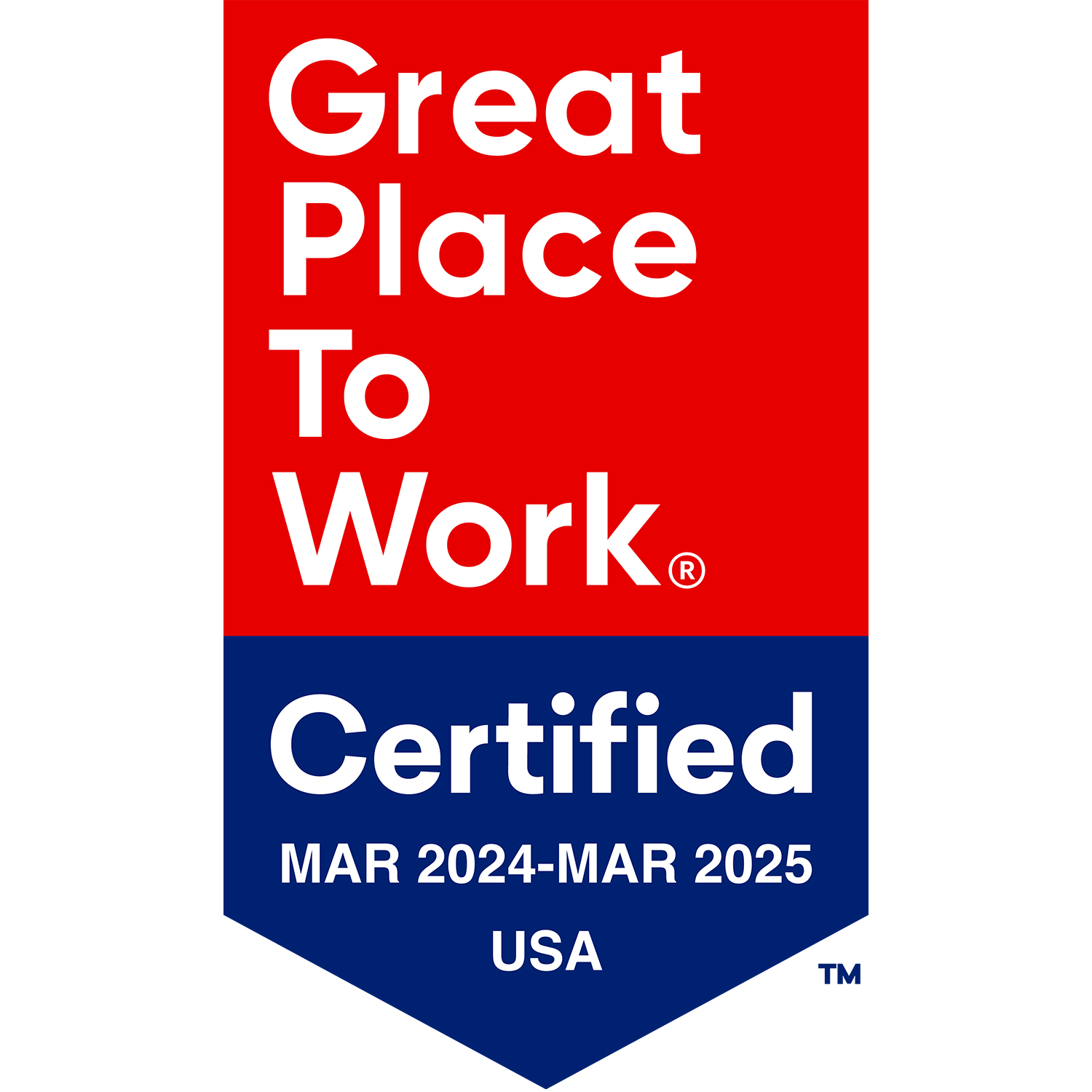Blair Minton Founder of BMA Management, Ltd.
There has been a lot of buzz recently about the results of a research study that shows that assisted living facilities in the United States are disproportionately located in areas that have higher incomes and higher housing values.
The study was conducted by David G. Stevenson, an assistant professor of health policy, and David C. Grabowski, an associate professor of health care policy, both at Harvard Medical School in Boston. The article entitled “Sizing Up the Market for Assisted Living (click here to view the article)” was published earlier this month (January · 2010) in Health Affairs.
In the article, the authors note that assisted living has emerged as an important option for older Americans, with the growth in the number of assisted living communities in the U.S. driven in a large part by consumer preference. With a margin of six to one, consumers preferred assisted living over living at a nursing home.
In addition, assisted living has the potential to be more cost effective, depending on the intensity of care that is needed. In the article, the authors cited surveys by Genworth Financial that, “put the average annual cost of assisted living at $34,000 in 2009, compared to $74,000 per year for a semi-private room in the nursing home.”
Yet, the authors say, Medicare and Medicaid dollars for long-term care have traditionally gone to nursing homes rather than to community-based programs such as assisted living because of an “institutional bias.”
The authors acknowledge that many states have adopted programs under which Medicaid will pay for personal care and medical services in assisted living, but note that the programs are small and few older adults are benefiting from the programs.
As a result, the development of assisted living communities have been highly concentrated in more affluent areas where older adults have the financial resources to be able to afford to pay privately for the cost of care.
One conclusion cited by the authors is that, “low income people, including minorities and people living in rural areas, have substantially less access to this care option.”
We believe that this does not have to be the case. For instance, Illinois has developed an innovative Medicaid-waiver program called Supportive Living that has created much more balance in making assisted living available to those of all incomes.
Currently, there are approximately 12,000 assisted living apartments in Illinois that cater exclusively to those who have the financial resources to afford to pay privately and more than 9,000 Supportive Living apartments that are especially designed to serve those of low and moderate incomes. Last year alone, the Supportive Living program benefitted an estimated 6,000 individuals on Medicaid. The program gave those on Medicaid the opportunity to live in a residential apartment-home environment and receive the personal assistance needed rather than live in a nursing home, struggle alone at home or at the home of a family member.
According to the state’s own estimates, the cost for each person on Medicaid in a Supportive Living facility was at least 40% less than what it would cost for the person to be in a nursing home.
Our hope is that similar programs can be adopted across the nation to help provide older adults in our country with the dignity they deserve.
All affordable assisted living communities managed by BMA Management, Ltd. are certified and surveyed by the Illinois Department of Healthcare and Family Services. All assisted living communities are licensed and surveyed by the Illinois Department of Public Health.
“BMA Management, Ltd. is the leading provider of assisted living in Illinois
and one of the 20 largest providers of assisted living in the United States.”
What are your thoughts? Leave a comment and let us know.




